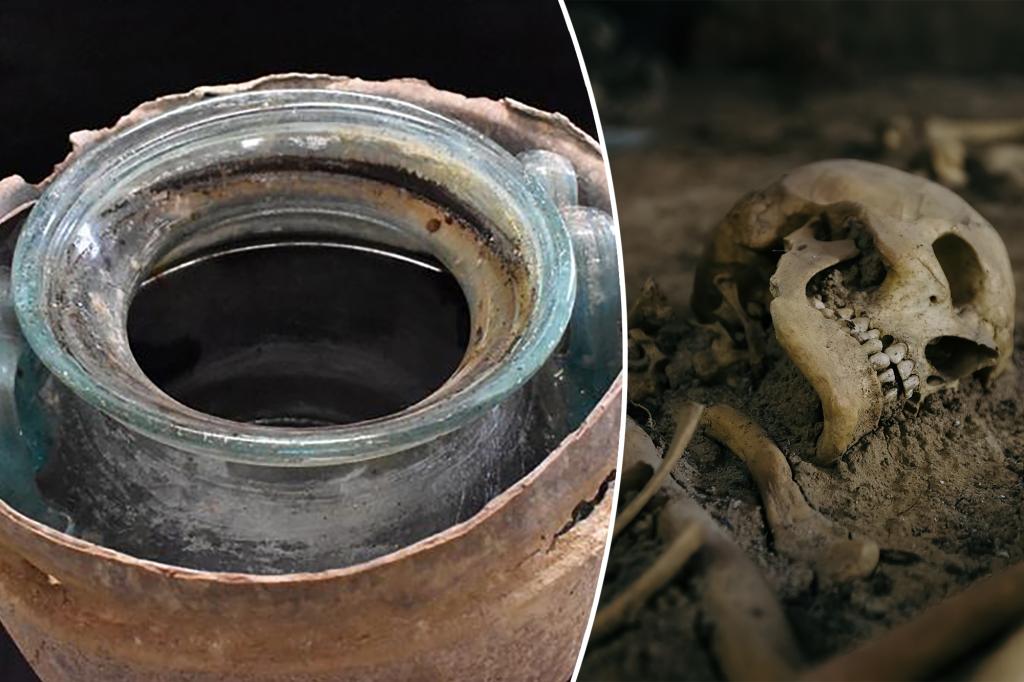The oldest wine ever discovered was found in a 2,000-year-old Roman tomb in Carmona, Spain. Among the artifacts in the tomb was a funerary urn containing cremated human remains and nearly five liters of reddish-brown liquid. Analysis revealed that the liquid was actually white wine, making it the oldest wine in liquid form that has ever been found. The presence of wine in funerary urns was not uncommon for the Romans, who often buried corpses with items to enjoy in the afterlife.
The discovery of this ancient wine was made by accident, as a family stumbled upon the tomb while renovating their home. The wine was analyzed by Jose Rafael Ruiz Arrebola, an organic chemist at the University of Cordoba, who identified seven wine polyphenols in the liquid, confirming that it was indeed wine. The wine was found to be similar to vintages produced in the region of Andalucia, where the tomb was located. Despite the unusual circumstances of its discovery, the wine was found to be safe for consumption.
While the idea of consuming wine that had been in contact with a cremated body for 2,000 years may seem morbid, the scientists involved in the study assured that the wine was not toxic. However, there were reservations about actually drinking the ancient wine given its history. The Romans believed in providing comfort to the deceased through various items buried with them, including wine, perfume, and other luxuries. This practice was done to ensure that the deceased could enjoy a lavish afterlife.
The discovery of this ancient wine opens up new possibilities for studying the winemaking practices of the past. The presence of wine in funerary urns provides insight into the cultural practices of the ancient Romans and their beliefs about the afterlife. This finding redefines the concept of “full-bodied” wine, as the liquid was found in a funerary urn along with cremated human remains.
In conclusion, the discovery of the world’s oldest wine in a Roman tomb in Spain sheds light on ancient winemaking practices and cultural beliefs. The analysis of the wine by scientists confirmed its composition and revealed its similarity to vintages produced in the region. Despite its unusual history, the ancient wine was found to be safe for consumption. This finding adds to the body of knowledge about ancient Roman customs and provides a unique glimpse into the past through the discovery of this ghoulish vintage.


